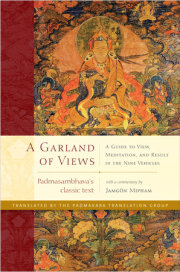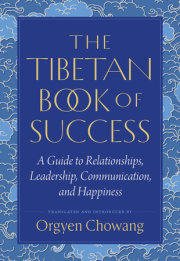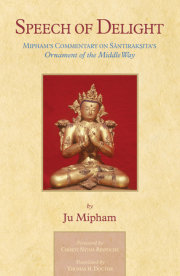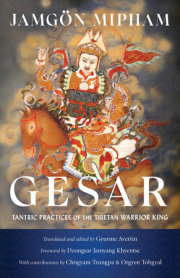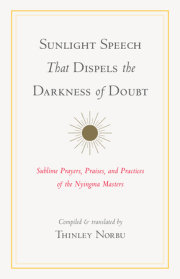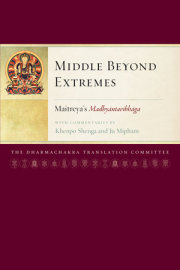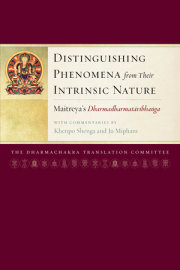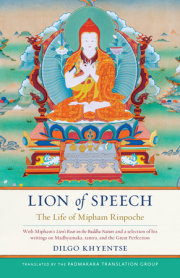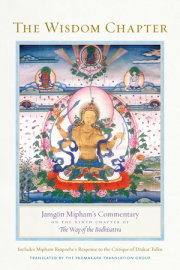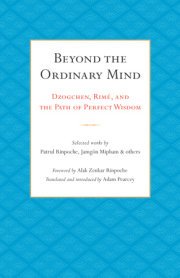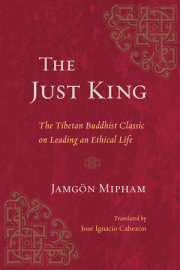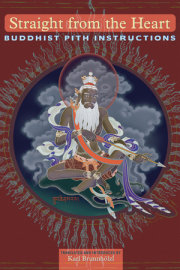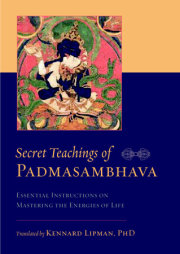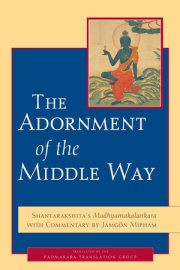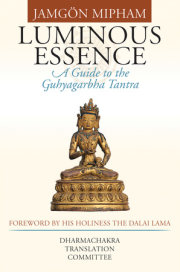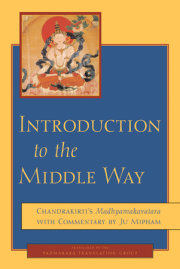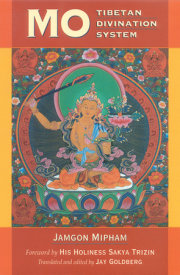From the translator's introduction:
"With the introduction of Buddhism into Tibet in the eighth century CE, an enormous volume of teachings was imported from India over a relatively short time. For the Tibetans trying to make sense of this flood of new ideas--more than a thousand years of accumulated literature, covering a large number of different lineages and schools of thought--the need to order and classify the subject matter must have been all the more imperative.
"One area that concerned Tibetan scholars was the classification of the Buddhist teachings in terms of the different sorts of people who might practice them--in other words, how the teachings were to be divided into different approaches or vehicles.
A Garland of Views holds a significant place in the development of this classification, for it was composed by the great Indian master Padmasambhava at the very moment that the Buddhist teachings were being established in Tibet. It provided the basis for the system of nine vehicles (three sūtra vehicles and six tantra vehicles) that subsequently became the accepted way of classifying the different Buddhist paths in the Nyingma School, whose teachings were based on the earlier, eighth-century translations. . . .
"In
A Garland of Views, Padmasambhava compares the different vehicles on the basis of three criteria--view, meditation, and result. He devotes the final section of the text to a comparison using a fourth criterion--spiritual training and yogic discipline or conduct. Of all these, the view is of paramount importance. The way we look at the world decides the path we will take, whether spiritual or otherwise. When we see things erroneously, we create our own (and others') suffering, and if we are to change our condition, we need to make radical changes to our view of reality. Once the view has been established, we can meditate on it, training our minds by means of spiritual practice and tuning our activities through appropriate conduct, until we finally achieve the result. The particular view with which a person thus sets out on the spiritual path depends on his or her particular mental disposition. It is because individuals present such a variety of dispositions, with different degrees of ability and readiness to understand and accept certain views, that the Buddha and his spiritual heirs taught the different vehicles that are outlined in this text and described in order of the increasing subtlety and profundity of their corresponding views."
Copyright © 2016 by Padmasambhava and Jamgon Mipham; translated by the Padmakara Translation Group. All rights reserved. No part of this excerpt may be reproduced or reprinted without permission in writing from the publisher.


